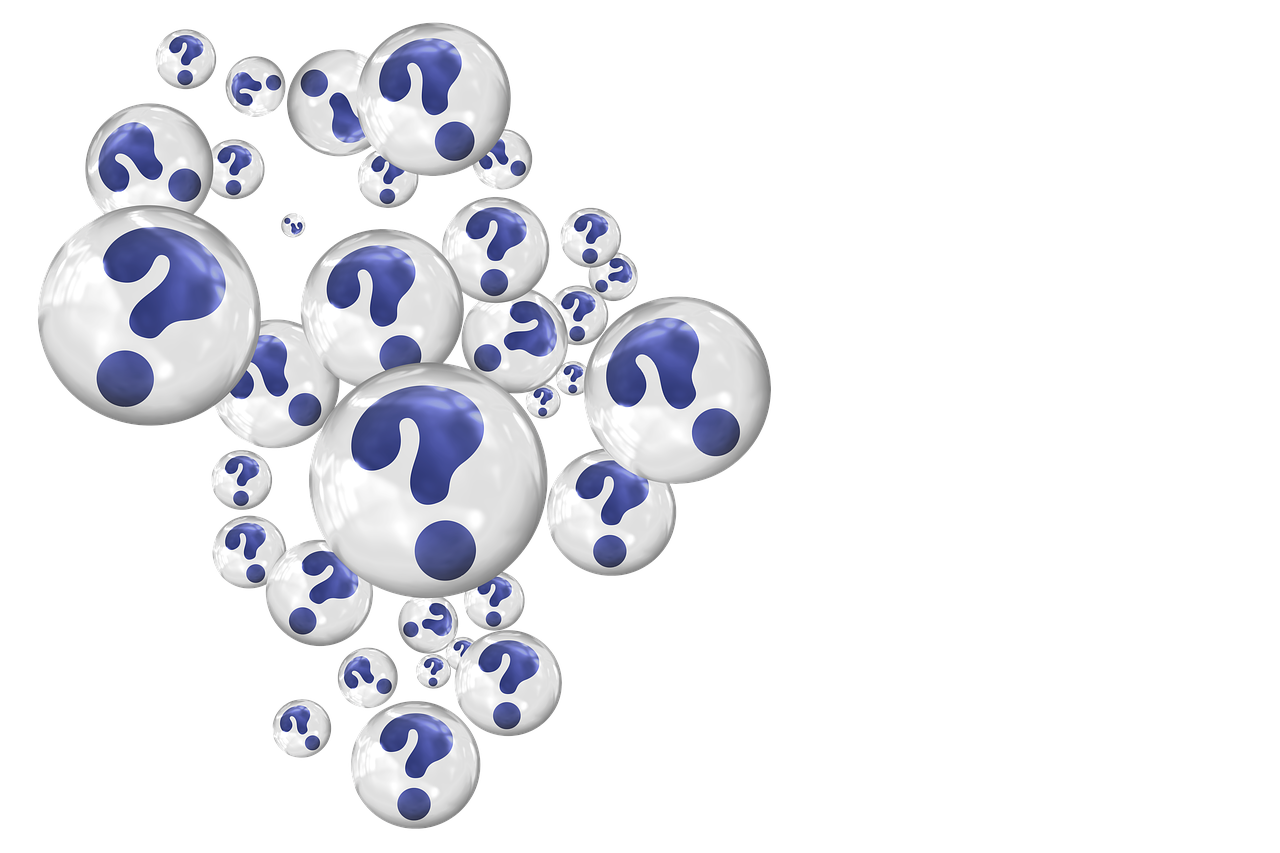Have you decided to set up a blog for your small or solo business, but don’t know what content you should publish on it? I’ll show you how.
Your blog should have two types of content; blog posts and blog pages.
Let’s start first with a description of what these are:
Blog posts
Blog posts are regular pieces of content that you should publish on your blog at regular intervals – for example, weekly, fortnightly or monthly.
Use your blog posts to share your expertise with your audience and or show them how to do something or find something of importance to them.
The aim of your blog posts is to provide information that will help your target audience and make life (or business!) easier for them in some way. While it’s ok to include some content about your products or services, the aim of each blog post is not to push sales on customers by constantly hard selling to them.
Blog pages
The rest of the content on your blog tends to be more static, in other words, these are pages that aren’t updated as often as your blog posts.
To start with, the five main blog pages you should start with are:
- Home
- Blog
- Services
- About
- Contact
Let’s discuss each of these in a little more detail.
Home
Your home page, is the main page of your blog, it’s where you say upfront what your blog is about and what you’re offering your audience. Depending on what your blog is about, this is where you provide links to help your audience find their way through your content or to the content that you know they will be looking for first. Useful ways to do this include signposts such as the words: start or start here.
Blog
Your blog page is where your audience can find all your blog posts, with the most recent posts at the top of the page. You can also, if you prefer, set your blog posts page as your home page so that when anyone clicks on your blog address, they will go directly to the screen showing all of your blog posts.
There is no right or wrong, it’s a matter of what works best for your audience and the type of content you publish.
Services or something else…
This is where you share, in more detail, what you’re offering. It may be that you provide services, for example advice or mentoring sessions. Or you may provide products. If you’re providing products, this is where you will talk about the range of products you offer, and provide links to product pages for each of those individual products.
Experiment with different headings for this page, for example if you’re selling fantasy books and ghost books, it may make more sense to have a page for each of those headings or simply one page called ‘books’ instead of ‘products’.
About
Your audience needs to know more about you, so use your about page to tell them. Share your name and some background information about you and your business.
These details can help to make you memorable and answer the questions that are in the minds of your audience.
Who is this person?
Why should I listen to anything he or she says?
Do I trust him or her?
Don’t forget to add a picture – to help your audience build an even stronger connection to you.
Contact
You’ve laboured long and hard to produce a great selection of blog pages your audience will love. Great! Don’t ruin it all by forgetting to tell them how to reach you!
Set up a contact page and at the very least include a contact form so that they can ask you a question and share their name, email address and any other relevant information with you. Other contact details you may wish to include are your email address and telephone number.
You’ve now completed all of the core blog pages.
>>> Want to find out how to write your first blog post?
